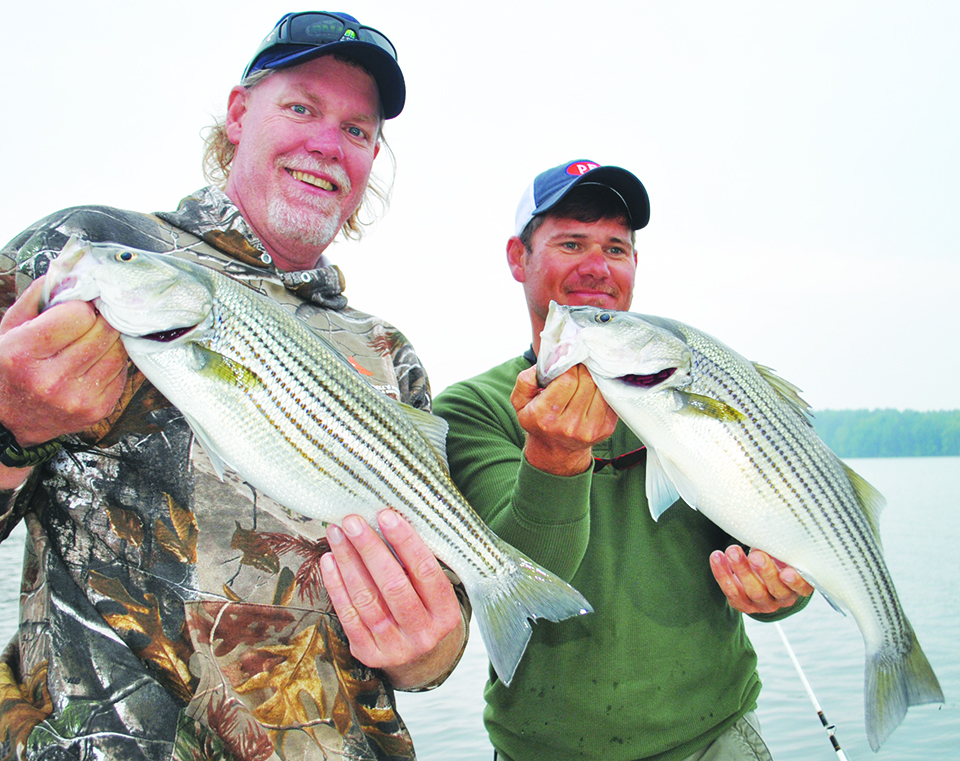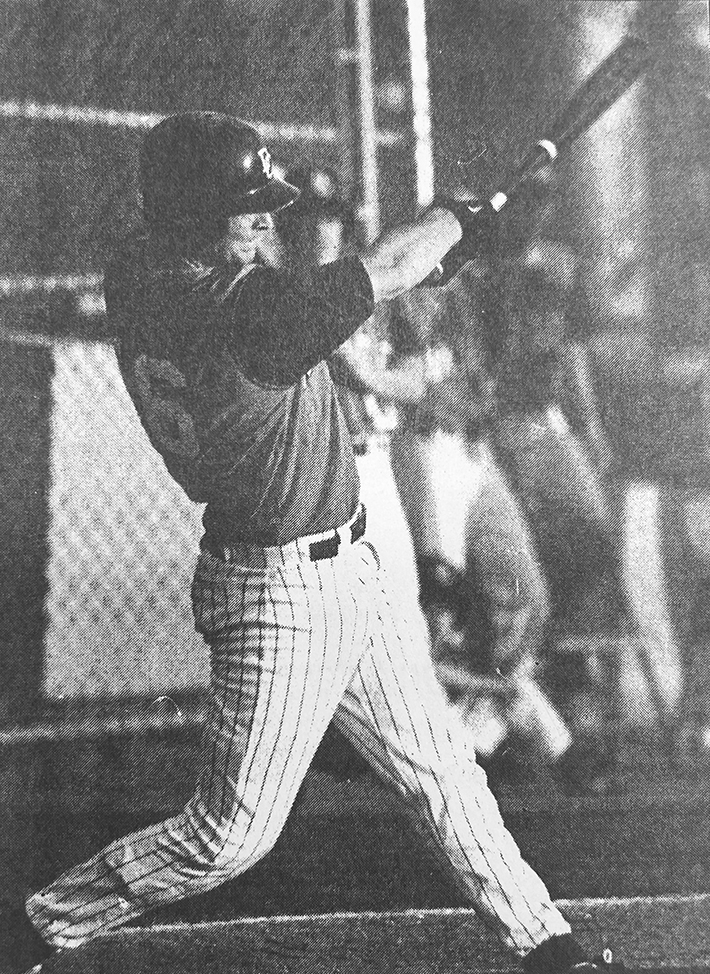Roanoke River striped bass fishery closed
Published 11:03 am Tuesday, February 20, 2024
 The striped bass fishery in North Carolina’s Roanoke River has alternately been the best thing going and a total shambles – depending largely on your age.
The striped bass fishery in North Carolina’s Roanoke River has alternately been the best thing going and a total shambles – depending largely on your age.
The fishery was fantastic through the early 1970s, with plenty of fish and big fish, then it crashed.
Nobody caught any fish for at least a decade, until some smart biologist somewhere figured out that no striper eggs were surviving after the spring spawning run to the base of Roanoke Rapids Dam in Weldon – probably because the water flow through the dam was inconsistent.
Once released into the river, striper eggs have to float almost 30 miles downstream before they hatch, and that wasn’t taking place very often, thanks to inconsistent flows through a series of hydroelectric dams upstream from Weldon: John H. Kerr Dam, Gaston Dam and Roanoke Rapids Dam.
So when that was fixed, the fishery took off again in the 1990s. For a good decade, the April and May spawning run for the prized fish was amazing. A couple dozen fishing guides from all over the North Carolina coast would show up in Weldon and stay for a month, almost every one of them chartered every day, with 100-fish days the rule, not the exception.
There were so many fish, the fishing was easy. Have a lure in your tackle box that’s never caught anything? Tie it on, and you’ll catch a dozen stripers, aka “rockfish” on it.
One of those guides, George Beckwith of Oriental’s Down East Guide Service, told me one time he kept a couple of packs of “hairy worms” – a white jig and white worm trailer tied with a white bucktail – in his tackle box, never using them to target speckled trout, redfish or cobia during the 10 months he fished his home waters: the Pamlico Sound, Neuse and Trent rivers.
But when he went to the Roanoke for several weeks each spring, that’s all he tied on for his customers, and they caught hundreds per day on it. Beckwith told me one time that he had encountered schools of stripers that stretched the entire width of the river and covered a hundred yards between their upstream and downstream edges. You could almost literally walk on the fish.
All the while, the N.C. Wildlife Resources Commission played things close to the vest, with a small daily creel limit, a slot limit, and some tackle restrictions designed to help lower the mortality rate for all those fish that were being caught and released.
Still, about 10 years ago, the fishery started a slow but steady decline. The past few years, the keeper season was truncated to a couple of weekends, and you could only keep one fish a day, as long as it met certain size parameters.
So last week, the commission announced there will be no harvest season this spring on stripers in the Roanoke River Management Area, which include the river downstream from Roanoke Rapids Dam to the Albemarle Sound, including the Cashie, MIddle and Eastmost rivers, which enter the Roanoke just downstream from the town of Plymouth.
The problem appears to be that not enough fish are moving out of the saltwater and up the river to spawn.
Why?
Not sure of the answers just yet.
The commission said that in 2023, its biologists observed the lowest number of spawning stripers in the river on record. There are few older fish, which are important for good spawning results. We’re on a streak of six straight poor spawns, even when environmental issues such as water levels and flow rates pointed to great conditions.
“The Roanoke River has the only self-sustaining population of striped bass in North Carolina, and the reductions in this striped bass population are concerning,” said Ben Ricks, a biologist who supervises the commission’s Coastal Region fisheries. “While harvest restrictions are an important management tool, we are also stocking striped bass in the lower Roanoke River and Albemarle Sound and are looking into other factors that may be limiting striped bass survival.”
Fishermen can still head for the Roanoke this spring, but all fishing for stripers will be catch-and-release. The commission recommends that anglers use a single, barbless hook when fishing for stripers: that setup is required from April 1-June 30 in all waters of the Roanoke River upstream from the US 258 bridge near Scotland Neck.






